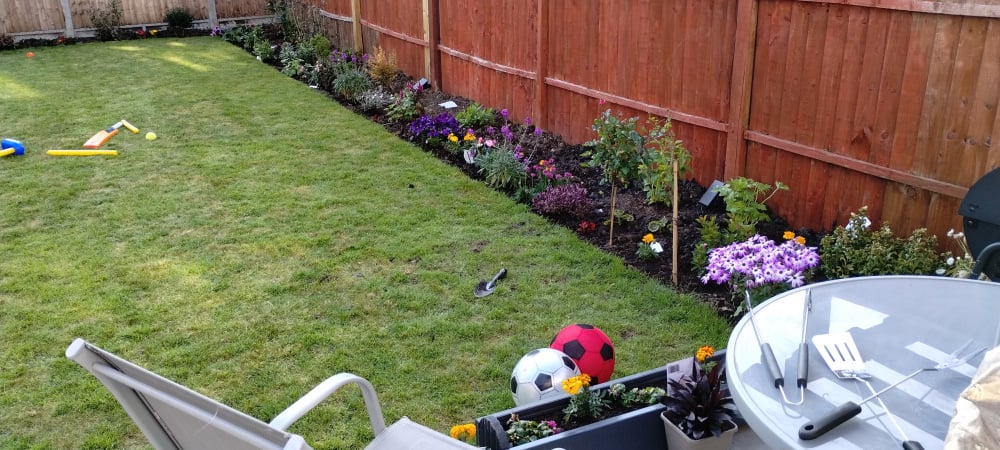This Forum will close on Wednesday 27 March, 2024. Please refer to the announcement on the Discussions page for further detail.
Planting on Clay Soil
Hi all, I am relatively new to gardening and think I may have made a bit of an error with planting holes which may cause an issue in the Winter. I currently have 6 inches of topsoil but have had to dig multiple holes to plant my plants which were filled using well rotted horse manure and compost, but I have been reading online that these can become sumps in the winter due water draining from the surrounding clay.
Can anyone please advise if this is likely to be an issue, and if so, what I can do to rectify, preferably without having to remove all the plants. My garden is higher than the neighbours gardens if that helps.
I really can't bare the thought of all the plants dying in the winter.



Can anyone please advise if this is likely to be an issue, and if so, what I can do to rectify, preferably without having to remove all the plants. My garden is higher than the neighbours gardens if that helps.
I really can't bare the thought of all the plants dying in the winter.

0
Posts
PS good luck with the footballs😉
It also depends on the plants you're growing.
I live in west central Scotland - not where that photo is...
During the winter there was no puddling but the grass and soil was spongy which could also be from the new 6 inches of topsoil and the new turf that didn't settle from when installed.